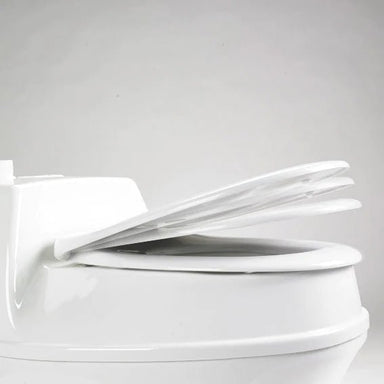
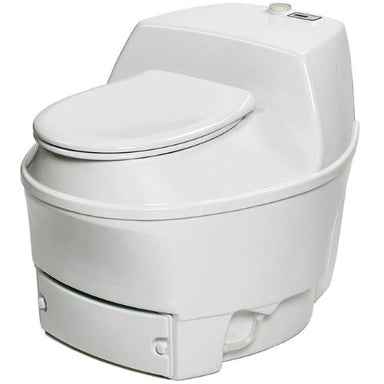 Save $297.00
Save $297.00
For the ultimate in capacity and convenience and for real luxury whether it be elegant and sharp in your home or rugged and dependable in your vac...
View full detailsAre you a tiny homeowner looking for a sustainable toilet solution?
The BioLet waterless composting toilets are designed specifically for your needs. These eco-friendly toilets require no water and transform waste into compost efficiently.
With over 40 years of innovation, BioLet uses advanced materials and technology for durability and ease of use. Say goodbye to traditional plumbing hassles and hello to a cleaner, greener alternative.
At Tiny Home Equipment, we understand your space considerations and commitment to sustainability. BioLet toilets help you maximize your tiny home experience without sacrificing comfort.

 Save $297.00
Save $297.00
For the ultimate in capacity and convenience and for real luxury whether it be elegant and sharp in your home or rugged and dependable in your vac...
View full details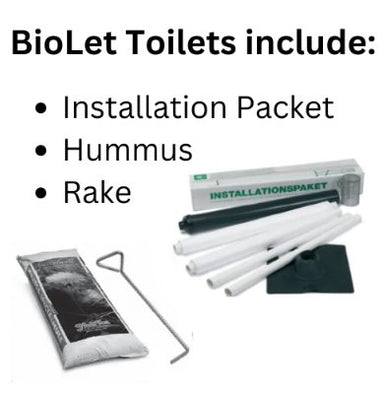
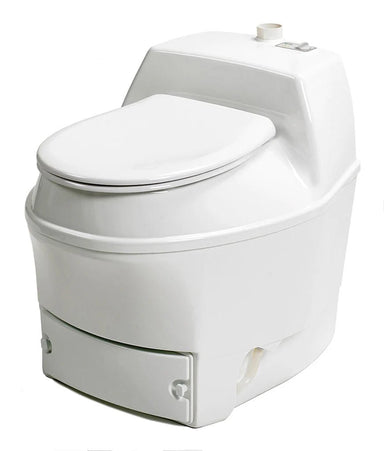 Save $226.00
Save $226.00
This BioLet Composting Toilet is the world's first fully automatic composting toilet. It is easy to use and operate, making it an excellent choice ...
View full details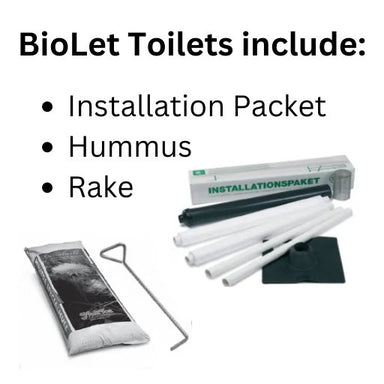
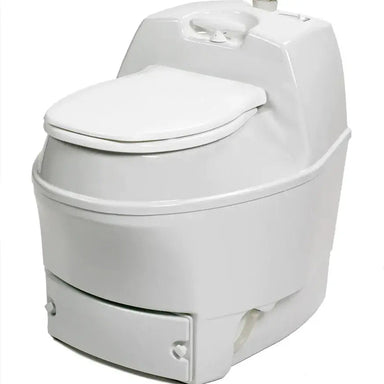 Sold out
Sold out
As of 19 April 2024 the BioLet 15a is no longer being produced by BioLet. We suggest looking at the following possible alternatives: - BioLet 55 ...
View full details
